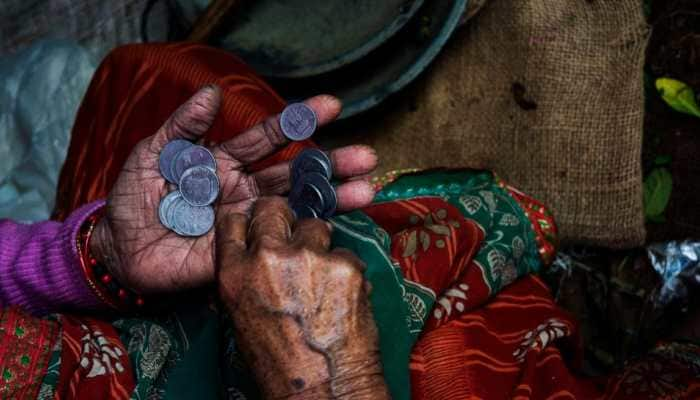World Computer Literacy Day 2022: Read 10 Interesting facts about computers
The Day was first celebrated at the National Institute of Information Technology (NIIT) in 2001 to mark the 20th anniversary of the Institute. Since 2001, the day is observed across India to bridge digital divide, to promote technological skills among people, espeically children and women, to generate awareness and to encourage digital literacy.
- We celebrate world computer literacy day on December 2 every year to bridge digital divide.
- There is a huge digital divide across the country that needs to be promoted.
- Read 10 interesting facts about computer.
Trending Photos
) 10 interesting facts about computer on World Computer Literacy Day on Dec 2.
10 interesting facts about computer on World Computer Literacy Day on Dec 2. New Delhi: Every year on December 2, we celebrate World Computer Literacy Day, which aims to bridge the gap of digital divide in the world. Computers have become essential parts of our lives. However, there is a huge digital divide in India. There is a huge population across the country which doesn’t know how to use computers even at this age.
ALSO READ | Elon Musk shares the beautiful video of Apple headquarters' premises - Watch
It was first celebrated at the National Institute of Information Technology (NIIT) to mark the 20th anniversary of the Institute. Since 2001, the day is observed across India to promote technological skills among people, espeically children and women, to generate awareness and to encourage digital literacy.
ALSO READ | Court jamadar suspended for taking tips from lawyers via Paytm in court - Read
There is a huge digital divide in India today. With the indispensable use of computers, it’s become very important that each one of us should know how to use computers. Celebrating computer litearacy day aims to bridge this lacuna by developing
Here are 10 Interesting Facts about Computers:
- Abacus was the first man-made device to show how numbers, signs, and letters can be stored in a binary system like computers.
- Charles Babbage designed the first mechanical computer called the Babbage Difference Engine in 1822.
- First-generation computers were made by using vaccum tubes. Some examples are ENIAC e (Electronic Numerical Integrator and Computer), EDVAC, UNIVAC, etc.
- Second-generation computers were used transitors in place of vaccum tubes. They were smaller in size.
- Third-generation computer were develped by using integrated circuits that led to the reduction of their size. This was the first time when silicon chips were used to increase speed and efficiency of computers.
- We’re currently using the fourth-generation of computers developed in the 1970s. The Intel Corporation engineer Dr. Ted Hoff invented the microprocessor Intel 4004. It was the world’s first microprocessor, smaller than a postage stamp.
- Scientists are working on the concept of Artificial Intelligence (AI).
- Param Padma was the India’s first super computer developed in 1991 by Vijay P Bhaktar.
- One of the fastest supercomputer in India is PARAM Ananta which was launched on May 30, 2022, at IIT, Gandhinagar. This supercomputer was developed under the NSM by C-DAC and IIT Gandhinagar.
- There are 15 supercomputers in India as of now.
Stay informed on all the latest news, real-time breaking news updates, and follow all the important headlines in india news and world News on Zee News.
Live Tv







)
)
)
)
)
)
)
)
)
)
